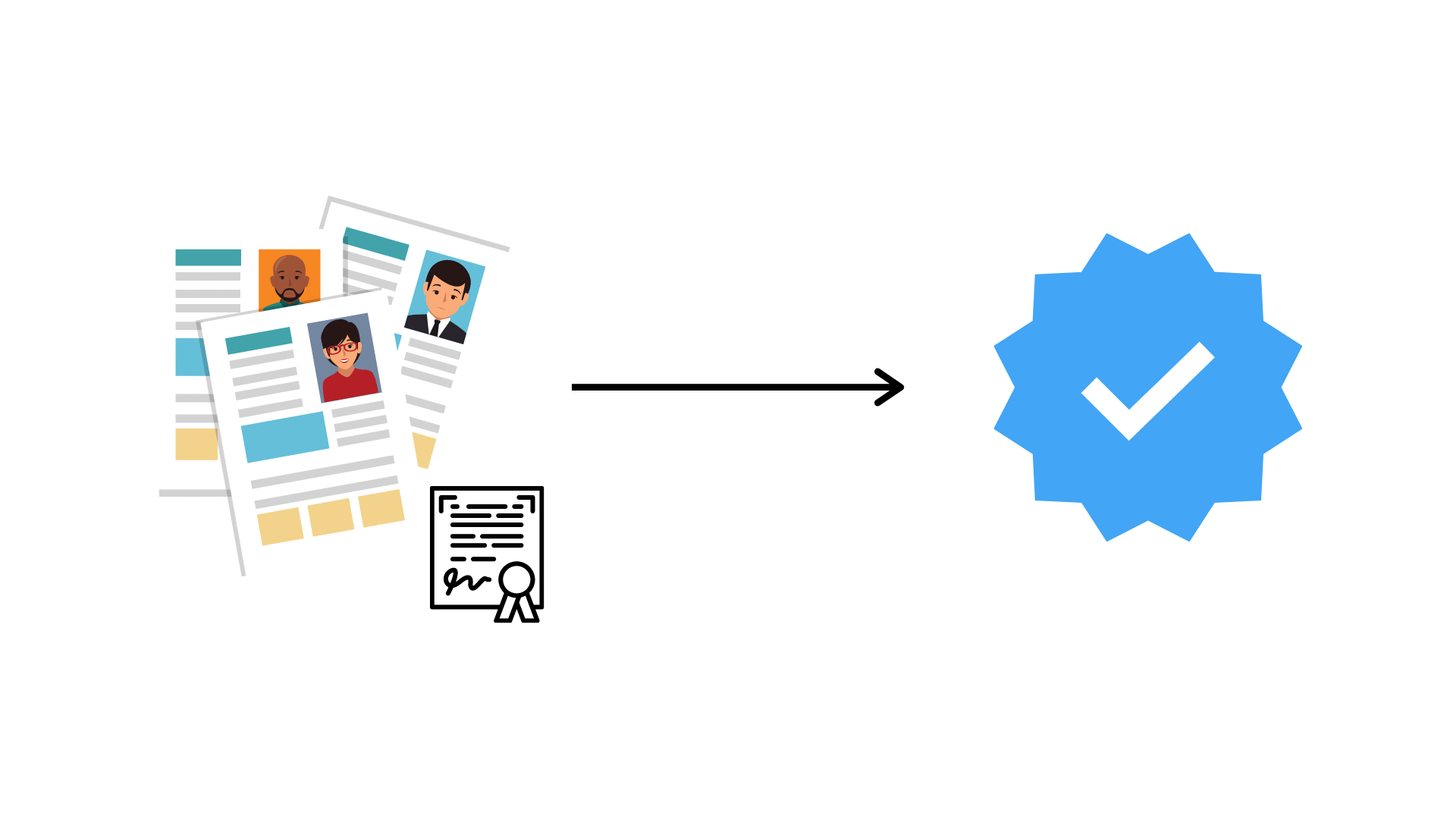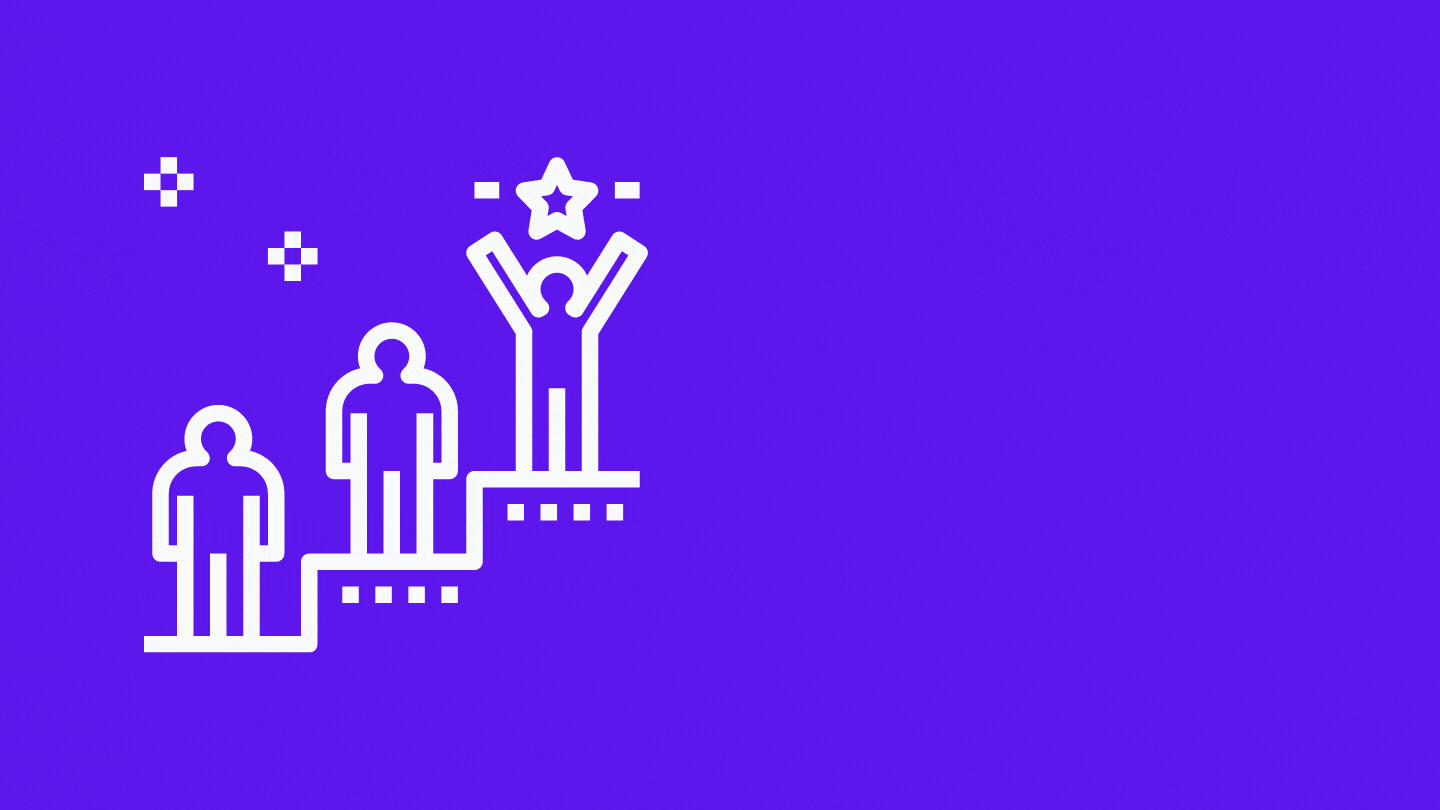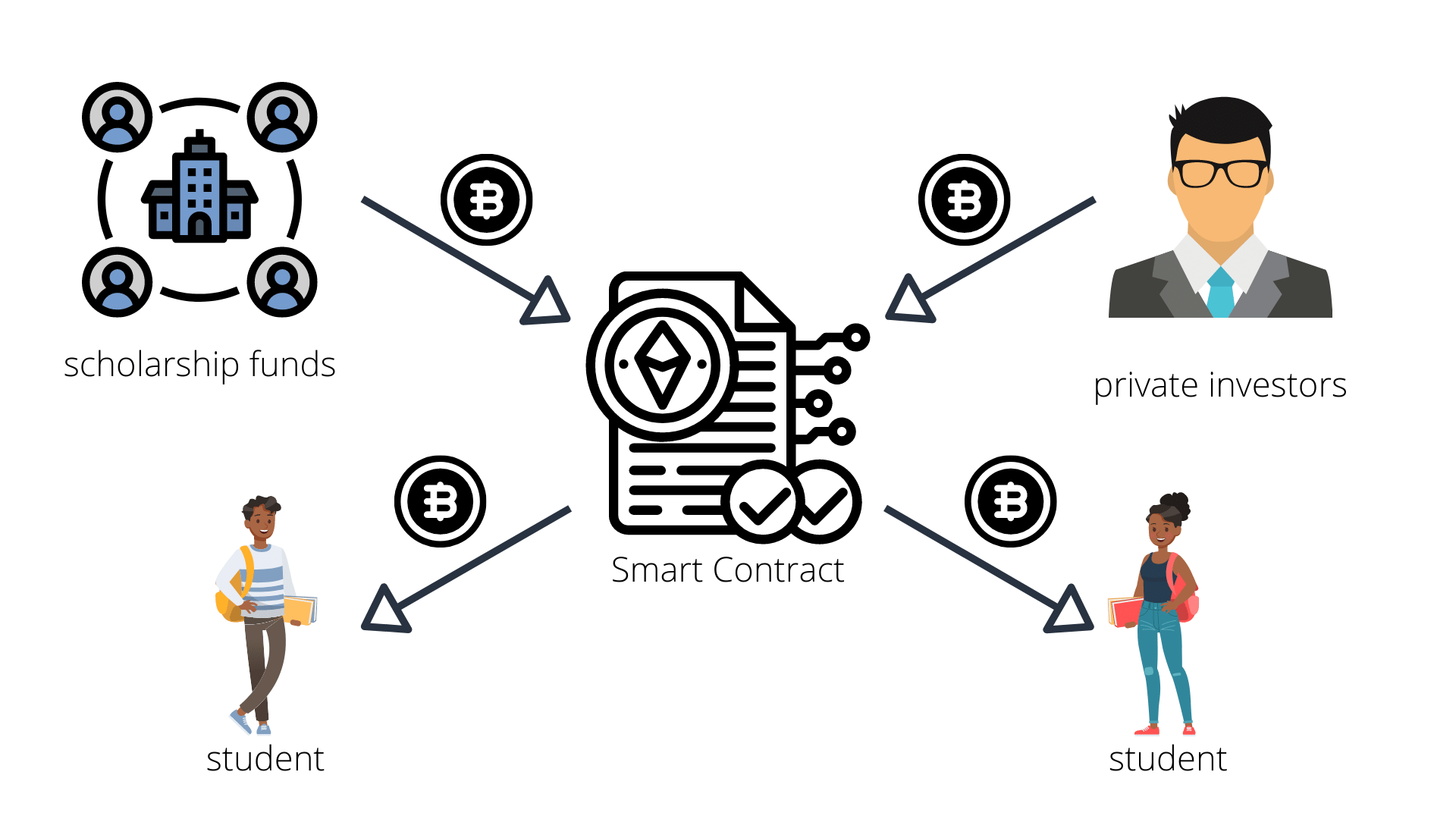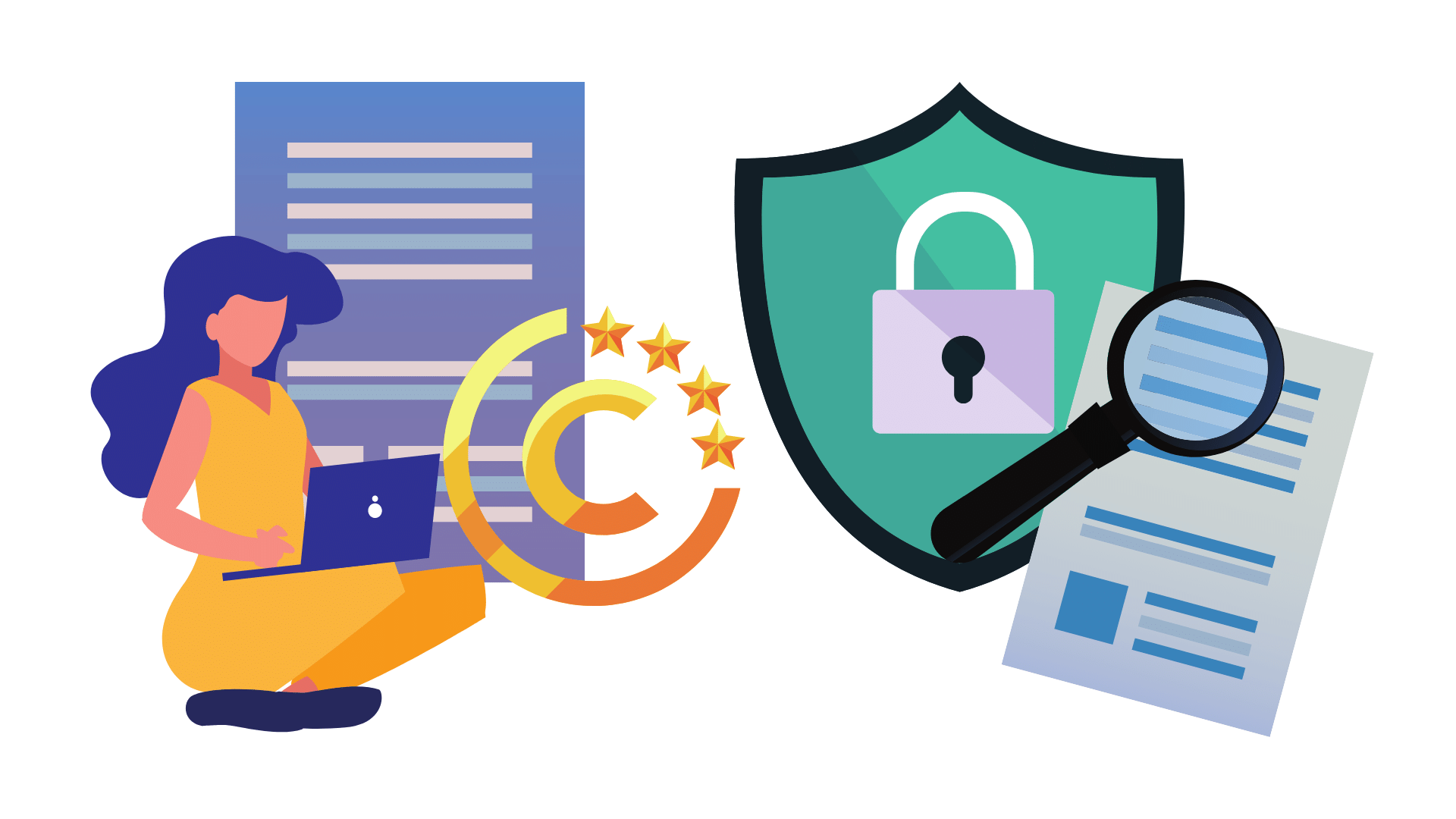The State of Blockchain Technology in Education: How the Immutable Ledger Will Disrupt the Status Quo
Fabian Beck
Jul 13, 2021This post may contain affiliate links. If you use these links to buy something we may earn a commission. Thanks!
Education is one of those industries that has faced a lot of scrutiny in recent years because of its seeming stagnation when compared to other industries. While we’ve seen plenty of technological innovation enter the space, a lot of the traditional ways of doing things still remain in action across the world. It seems that because the stakes are so high here and people are attached to the way that they used to do things, it’s quite difficult to force the changes we would like to see.
As a result, we’ve started to see a whole new educational system developing alongside traditional institutions that is taking these advancements are running with it. Thanks to the internet, knowledge has been completely democratized and we’re seeing lots of new ways to think about what gaining an education even means. The education of tomorrow is likely to look very different to the internet of today.
In this vein, we’re also seeing blockchain technology start to make its way into educational offerings in very interesting ways. While most laypeople might associate the technology with currency, the very principles of what a blockchain can achieve have a range of different educational use cases if it is implemented correctly. So, we thought we’d use this article to highlight some of the more exciting uses for blockchain technology in education so that you can get a sense as to just how much potential lies ahead of us.
Credential Verification

One of the most important objectives of formal education is to provide verifiable credentialing for students that can be relied upon in the workplace. A company that is hiring people into their organization needs to have the comfort to know that the person they are hiring has gone through the requisite training to be able to do the job. A school or a university provides this service through grading assignments, projects, and exams – and only giving credentials to those students that meet certain minimum standards.
In the traditional education system, its actually quite difficult to verify these credentials. If I am an employer and I want to be sure that a potential hire actually has the degree that they claim they have, I have to rely on a scanned version of the degree (which can be easily forged) or I have to contact the specific institution who awarded that degree and dig through their internal systems and processes to get an answer. This is quite tedious and is often not practical when an organization is doing a lot of hiring at once.
In the online education space, you see much of the same thing except instead of a university providing the credentials, its often a Massive Open Online Courses (MOOC) company who is providing the certificate. Again, it is quite difficult to verify if that is legitimate.
Blockchain technology can play an important role in this process. When you use a blockchain to host your credential, you have an immutable ledger that cannot be forged, yet it is accessible by anyone who you give access to. Securing a certificate on a blockchain means that there is a single source of truth for any potential hirer to use as verification without ever needing to interact with the educational institution or the candidate. It stands on its own because of its immutable time stamp and the cryptography that ensures its authenticity.
Here at OriginStamp , that’s exactly what our technology can do. By creating this time stamp and encoding that information into the record, you have a wholly verifiable credential that you can leverage in a multitude of different cases, without the administrative nightmare of trying to hold onto an original certificate or go through university call centers.
This usage of the blockchain fights against counterfeit credentials in a big way, making it impossible to claim that you have earned something that you haven’t. And for employers, the cost of this verification (both in time and money) comes down to almost nothing. It’s yet another example of how blockchain technology can reduce friction in a system and make it easier for everyone involved to see a single source of truth.
Enhanced Transparency

Building on the point above, blockchain technology can secure much more than just the credential itself. It can also help to secure a full trail of every step along the way as you’re acquiring that certification. You could imagine that on the way to achieving a certain educational asset, you have to pass certain tests and meet certain criteria in order to achieve it. By integrating this process onto a blockchain you greatly improve the integrity of that process and mitigate the risk of cheating in all its forms.
Instead of relying on centralized databases which can be tampered with, you imbue the blockchain with the truth at each of those touchpoints and you can build a fully transparent record of the entire educational process. This is worth its weight in gold especially as things scale, because no one is in any doubt as to the truth on the ground.
Also, by asking students to submit their work via the blockchain, you also have enhanced transparency when it comes to the submission process. No longer will excuses be able to fly because the submission is time stamped and logged as authentic at the very moment it is added to the blockchain. There is no way to tamper with things.
This transparency can only be a good thing for the whole system because it creates the right accountability, avoids perverse incentives, and creates a truly authentic log of everything that someone does to earn a coveted asset. It can only serve to make those credentials more robust and valuable, while also ensuring that students don’t cheat themselves out of doing the hard work to actually gain the required skills and knowledge.
Gamification and Incentivization

As human beings, we all respond to incentives in everything we do. As a society, we are constantly trying to engineer the natural incentives in ways that encourage the right behaviour and discourage the wrong behaviour. Education is no exception. The incentives we create in an education system play a significant role in nurturing the sort of intellectual progress that we hope to encourage.
As we move into an educational paradigm that is much more data-driven than it’s ever been before, we have an opportunity to leverage these incentives in new ways. We can start to gamify these systems to provide motivation and accomplishment for those who are going through it. Many will point to how video games use these psychological hooks to keep their games compelling and keep people engaged, and that is a great example of what can be done here. For example, the feeling of ‘levelling up’ and receiving a reward for doing so is incredibly powerful if only we could apply it to education.
With blockchain technology, this is all possible. Because you are using the chain as your immutable source of truth, you will know automatically when a certain milestone is completed, or a certain amount of progress has been made. You are then able to reward that person accordingly for achieving that particular accomplishment. These rewards can be deployed in the form of tokens.
Tokenization is not a new concept when it comes to blockchain technology. We’ve seen just how many new currencies and tokens have emerged in the past few years and you can imagine a future where a wide range of them fulfil different practical use cases across industries. So, what if you had a token that was awarded to students on the basis of certain achievements. Perhaps that would be enough psychological motivation to push people to give their best and continue working hard on their skills.
The token itself could hold a myriad of different rewards. At its simplest, it could simply be a grading mechanism that is used for status and credential verification. But you could also imagine it unlocking various perks at an institution. Or perhaps it could resemble monetary reward that could be spent in online markets, or to subsidize future education. Because smart contracts allow you to programmatically dictate the practical capabilities of these tokens, you could shape your incentives in a precise way that matches what you think will work best for these students.
It remains to be seen whether widespread gamification would dramatically improve performance, but the potential is there. Blockchain technology allows this to be done in a decentralized way that removes the friction in the process while still allowing those tokens to have a life outside of the specific institution that they come from. We’ll have to wait and see which companies and institutions are brave enough to trial these sorts of incentives and what that does to the way that people perform.
Educational Automation

Another exciting use case that many are exploring relates to the power of smart contracts when applied to education. The idea of a smart contract is that you can program a contract to execute when certain criteria are met, without requiring an arbiter to verify that both sides of the agreement have been met. The smart contract itself acts as the verifying agent.
In an educational context, you could imagine that a student’s work being submitted, graded, and passing a certain standard represents a viable contract agreement and when this is done, a smart contract could unlock the next problem, topic, or idea. If you lay this out in a step-by-step process, you could theoretically automate an educational stream in a way that insists that students tackle things one by one.
Instead of giving all the information and resources upfront and hoping that they stick with you as a teacher, the smart contract could be built in a way that narrows the scope for each student and helps them to just focus on what’s in front of them, in order to be rewarded with the next piece. Add onto this the verifiable student record that we chatted about earlier and you have a powerful means of automating educational processes that just wasn’t possible before.
The other powerful benefit of this is that it enables true personalization for every single student. Every participant can go through the material at their own pace, making sure that they master every aspect before moving onto the next one. This ensures that the right foundations are in place that will set them up well for the more advanced concepts to come. The faster students can be challenged more quickly, and the slower students aren’t left behind. Instead, your educational journey is self-directed and self-paced, leading to much better outcomes overall.
Financial Aid

The world of student loans is murky and has come under significant criticism in recent years because of how predatory it can be and how it can hold graduates back for decades after they finish. It’s clear that disruption is needed in the space, so that we can get a handle on the mounting debt that students take on around the world.
There is an opportunity for blockchain to play a role here, providing decentralized financial aid that can be linked directly to performance and/or financial need, and detached from financial institutions who might have perverse incentives in offering these sorts of loans. Imagine a system where blockchain enables endowments, crowdfunding, and smart contracts to come together and create a more equitable and efficient financial aid model. This innovation alone could make a big dent in the current problems faced by traditional education.
And you could take things even further here by introducing tokenization to help earmark certain funding for certain things. Perhaps a philanthropist wants to donate funds to be used for a certain discipline, and a token is created that can only be redeemed when those criteria are met. You have the opportunity to craft the exact things that need to happen in order for those funds to become live. And as such, you can have full control over how your contributions manifest themselves in the system.
The range of potential implementations here is vast, but full of promise. We’ve seen tremendous advancements in the world of decentralized finance and its only a matter of time until we start to see those green shoots make their way into the educational landscape. Hopefully, they will go a long way to fighting the huge amounts of student debt around the world and ensure that money is never the reason that someone is unable to get an education.
Intellectual Property Protection

While information has been democratized to a large extent, there are still a number of different applications where we need to protect the copyright on academic and educational material. When it comes to journal articles, proprietary research, or other digital content – blockchain technology can assist with protecting that intellectual property and only allowing access to authorised third parties.
The copyright material can be minted onto the blockchain with an immutable timestamp and proof of ownership, before being transferred into a secure resource library that is encrypted and stored in a decentralized way. Those that need to access this work can do so in a controlled manner, with a full audit trail tracking who accessed it and when. This provides the transparency required to protect copyright and ensure that you don’t have secure material becoming public when it shouldn’t.
While some might argue that this goes against the freedom of information we should be trying to nurture, it’s important to remember that we need certain economic incentives to bolster research efforts in important areas. If people aren’t able to leverage their discoveries to improve their lives, they’re simply going to stop trying. The copyright system is how we ensure that there is an economic outcome for these ideas and the blockchain can help us do this more securely and more efficiently.
OriginStamp’s technology can assist with this sort of timestamping, and we’ve seen plenty of value being uncovered with our corporate clients for this sort of thing. It’s only a matter of time until we see it become mainstream in educational circles where the ownership of digital material matters.
Conclusion
We hope that you now have a better sense of how blockchain technology can play a role in disrupting and improving the traditional education system. The use cases we’ve mentioned above are powerful on their own but it’s worth remembering that we are still in the early days of this. As we continue to develop and the user base continues to grow, we’ll see more and more innovation that changes the way we think about learning. This technology is going to have an impact and it’s those companies and institutions who embrace it early that are the ones who are going to leapfrog the players of old.
Stay informed with the latest insights in Crypto, Blockchain, and Cyber-Security! Subscribe to our newsletter now to receive exclusive updates, expert analyses, and current developments directly to your inbox. Don't miss the opportunity to expand your knowledge and stay up-to-date.
Love what you're reading? Subscribe for top stories in Crypto, Blockchain, and Cyber-Security. Stay informed with exclusive updates.
Please note that the Content may have been generated with the Help of AI. The editorial content of OriginStamp AG does not constitute a recommendation for investment or purchase advice. In principle, an investment can also lead to a total loss. Therefore, please seek advice before making an investment decision.

Proof of Existence on Blockchain - The Complete Guide | OriginStamp
Learn about Proof of Existence on Blockchain and its significance in maintaining non-repudiated logs of actions. Explore use cases like Georgian Government, Bloxberg, Certify DApp, and Signatura.

Protect Your Ideas Using Blockchain Technology: A Comprehensive Guide
A Comprehensive Guide - Learn how to safeguard your intellectual property with blockchain technology to prevent theft and secure ownership.

Defensive Publication as an Intellectual Property Protection Method
Protecting intellectual property is essential for every business. Read what a defensive publication is and how it can protect intellectual property from others?
Protect your documents
Your gateway to unforgeable data. Imprint the authenticity of your information with our blockchain timestamp